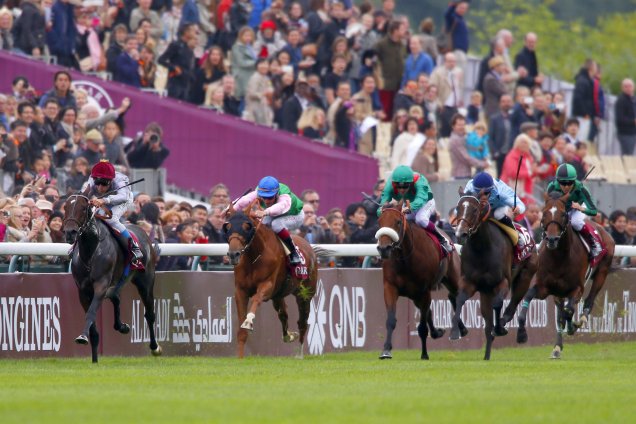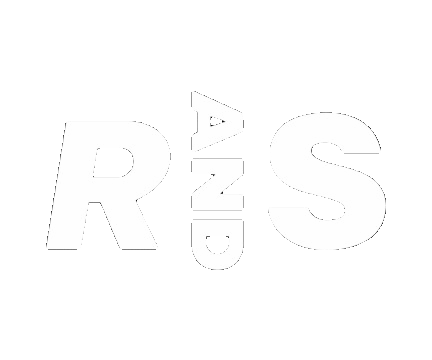3 minute read
Treve is a short-priced favourite to record a historical third consecutive win in this year’s Prix de l’Arc de Triomphe, and many now find it difficult to see what will beat her at Longchamp on October 4.

Not only has she been there, done that and got the T-shirt – twice – she is unbeaten this year and her latest win, in the Prix Vermeille over the Arc course and distance, may well have been her most impressive display yet.
There are also, at the time of writing, doubts about just how strong Treve’s opposition will be, with a number of her better rivals not certain to turn up. Little surprise, perhaps, that she is around even-money for what is usually as strong a race as is run in the calendar year anywhere in the world.
One factor that may or may not be a consideration on the first Sunday in October will be the draw. According to some, it matters a lot in the Arc; to others, not at all. Let’s look at the evidence from this century.

The majority of those Arc winners have been drawn in single-figured stalls, but Sakhee, Dalakhani and Treve (in 2013) all won from higher. Dalakhani’s win came from the widest stall of all (a non-runner reduced the race to 13).
Judging such things on winners only can mislead, as regular readers will know, even when the sample size is bigger than is usually the case.
It is better to look at measures like % of rivals beaten (%RB) and impact value for finishing in the first three (1st-3 IV), both of which are far less susceptible to variation.
The former considers the proportion of rivals beaten by horses coming from given stalls, so that losses are not all treated the same; the latter establishes how many horses should have made the first three by chance then expresses the number that did get placed as a factor of this.
In both cases, the higher the number the better (with par for %RB being 50 and for first-three IV being 1.0).
Stalls have been categorised into groups of four. The draw will be discrete – a horse can occupy one stall and one stall only – but the effect of the draw should not be. This consolidation makes the findings more robust again.
The findings are as follows.

It can be seen that an inner stall has indeed been favourable over the years. Horses drawn in stalls 1 to 4 inclusive in the Arc have comfortably beaten more horses than have beaten them and made the first three over a third more often than could be expected by chance. The innermost stalls provided the first and second in 2008 and in 2014.
Besides that, however, the picture is less clear. There is not a great deal between the remaining stalls groupings in terms of % of rivals beaten, while those first-three impact values suggest things are not cut-and-dried.
While, all other things being equal, an inside draw looks to be an advantage, if your horse misses out on that then there is seemingly little in it between being drawn middle-to-inner right the way through to being drawn on the outside.
It could be that this year’s Arc will attract a smaller field than usual. It is unlikely that the draw played much of a part in the eight-runner race in 2006, for instance. But, if not, the draw (which will be made 48 hours before the race) may well become a major talking point.
The evidence is that the draw in the Arc can count for something, but that it would be wrong to get carried away with its significance overall.






